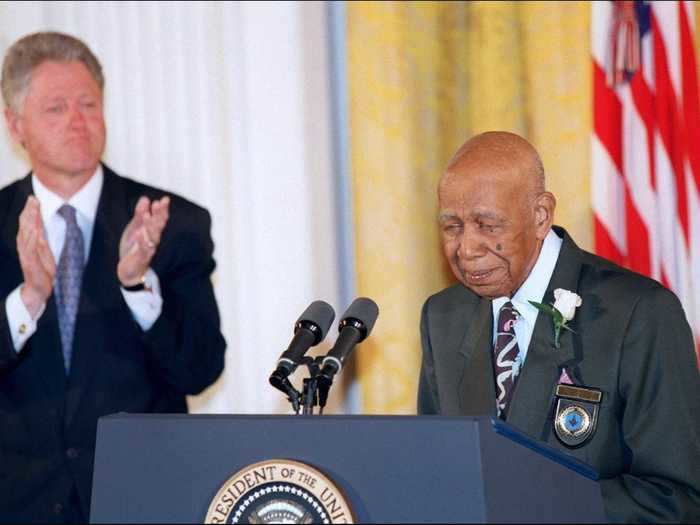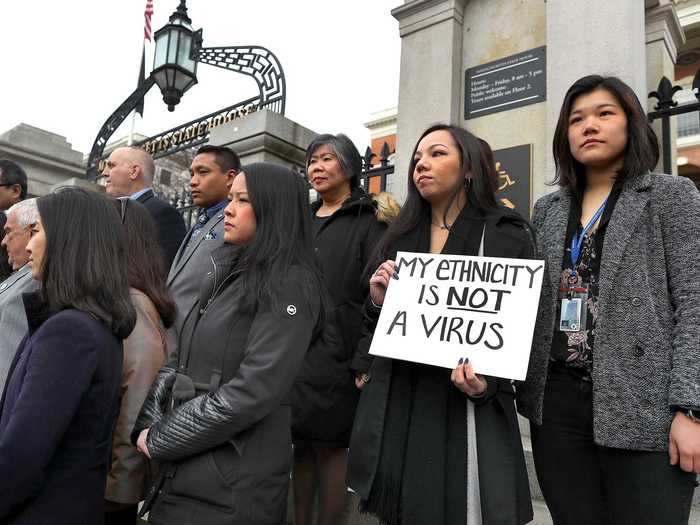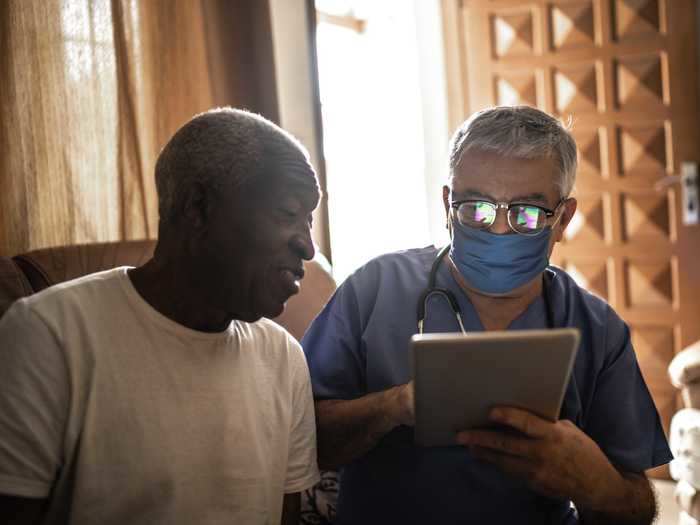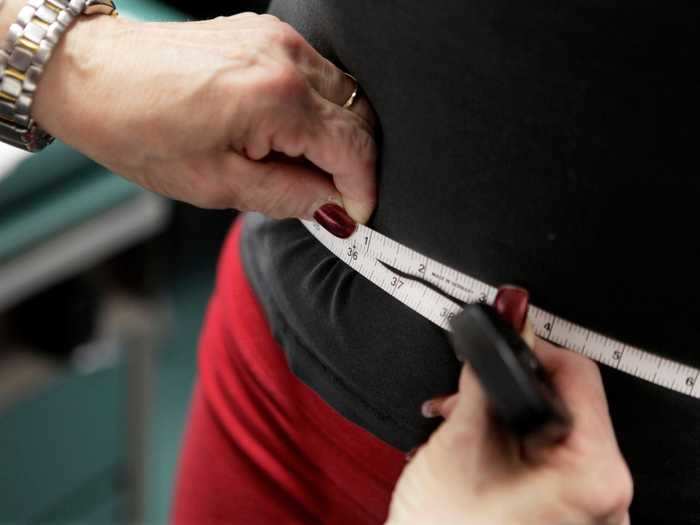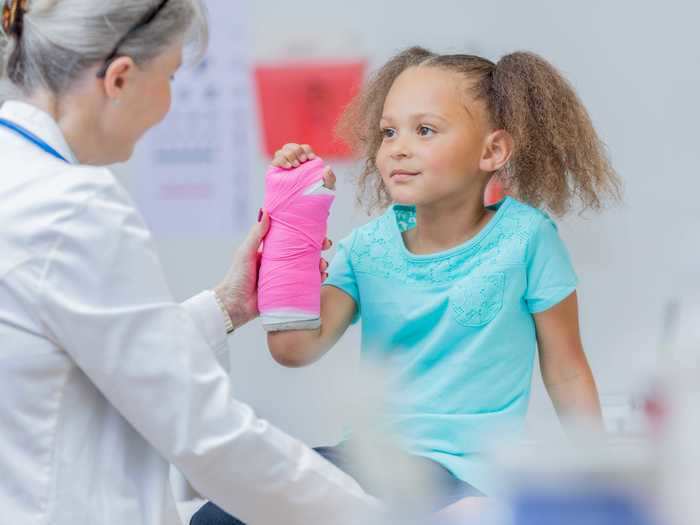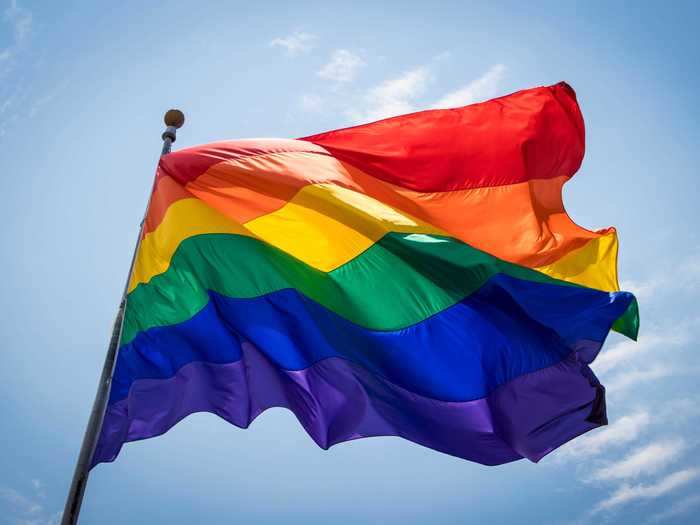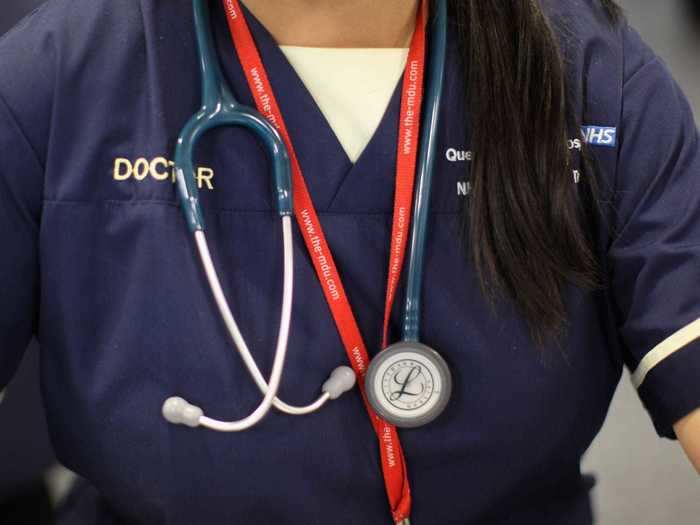A group of young pregnant women.Delmaine Donson/Getty Images
- Biases are forms of discrimination in which we hold unfair beliefs about an entire group of people. These biases can be conscious (explicit) or unconscious (implicit).
- Business Insider spoke to Dr. Jasmine Marcelin, a doctor at the University of Nebraska Medical Center, and Dr. Chloë Fitzgerald, a researcher of implicit bias, to gain a greater understanding of bias in medicine.
- Both explicit and implicit bias are prevalent in the medical field, and they can affect how patients of different races, genders, faiths, and sexualities are treated.
- Due in part to biases, black women are three to four times more likely to die from pregnancy-related causes than white women, according to the CDC.
- Though there has been great progress in reducing explicit biases, implicit biases are much harder to tackle, and they take active participation to identify and eliminate.
Biases are present in many human interactions. These typically unfair assumptions, which can encompass entire groups of people, affect how we feel about and treat members of other races, genders, faiths, weights, sexualities, and abilities. In healthcare, the effect of biases on patients can lead to dangerous consequences.
Explicit biases, or conscious biases, are easier to detect because they are overt, according to Dr. Chloë Fitzgerald, who co-authored Implicit bias in healthcare professionals: a systematic review, which was published in BMC Medical Ethics.
"If someone had explicit bias, they might say, 'Oh, you know, obese people just don't work as hard, or they're lazy,'" Dr. Fitzgerald told Business Insider. However, "if it was implicit, they might choose someone else over an obese person to do a task because they'll assume the obese person will be slower to do it," she said.
Dr. Jasmine Marcelin, who co-authored The Impact of Unconscious Bias in Healthcare: How to Recognize and Mitigate It in The Journal of Infectious Diseases, said a lower presence of minorities in the medical field perpetuates bias.
Dr. Fitzgerald and Dr. Marcelin identified ways biases affect the healthcare industry.
Explicit bias against diverse groups has led to extreme abuse within the medical profession, like the Tuskegee Syphilis Study conducted between 1932 and 1972.
Herman Shaw, a survivor of the Tuskegee Syphilis Study, with Bill Clinton.
Paul J. Richards/AFP via Getty Images
The Tuskegee Syphilis Study was an experiment that spanned 40 years, starting in 1932. It involved 600 black men, 399 with syphilis, and 201 without the disease, to test the effects of untreated syphilis. The study was carried out without their consent, as researchers told the men that they were being treated for "bad blood," a term used to describe several ailments, including syphilis, anemia, and fatigue. (In 1974, a $10 million settlement was reached out of court with the participants and their families, and in 1997, President Bill Clinton apologized to them on behalf of the country.)
"The Tuskegee study demonstrated how conscious bias, in this case manifested in the form of racism, led to the unethical treatment of black men that continues to have long-lasting effects on health equity and justice in today's society," Dr. Marcelin said.
Due in part to biases, black women are three to four times more likely to die from pregnancy-related causes than white women, according to the CDC.
A stock photo of a group of young pregnant women.
Delmaine Donson/Getty Images
Dr. Fitzgerald said black women were historically abused by white doctors performing gynecological procedures on them without their consent. These doctors held the false belief that black women somehow experienced less pain.
The field of infectious diseases is also affected by implicit bias, according to Dr. Marcelin.
Members of the Asian American Commission hold a press conference to condemn racism towards the Asian American community because of the coronavirus.
John Tlumacki/The Boston Globe via Getty Images
She is passionate about reducing biases in the field of infectious disease.
"I definitely think from a pandemic standpoint there is a huge risk for minority groups who are affected. We have a lot of data that shows that the effects of systemic racism and bias on minority groups has led to worse outcomes in those groups," she said.
Black people are 2.4 times more likely to die from the coronavirus.
A stock photo of a black patient with a doctor.
FG Trade/Getty Images
Data from AMP Research Lab revealed that there were 54.5 coronavirus-related deaths per 100,000 in America's black population, while there were 22.7 per 100,000 for America's white population.
Though these deaths can be attributed in part to the way systemic racism makes black people less likely to have access to healthy food, green spaces, and livable wages, they could also be a result of the biases black people experience in healthcare.
A review published in Academic Emergency Medicine compiled studies on implicit bias in healthcare professionals and found that a in a majority of studies, physicians showed an implicit preference for white patients.
The Centers for Disease Control and Prevention even released guidelines for healthcare professionals to ensure they are not allowing bias to influence their treatment of patients during the pandemic.
Biases can also affect how medical professionals treat their colleagues, and minority medical professionals face microaggressions.
A doctor.
Morsa Images/Getty Images
Microagressions are brief but common negative verbal or non-verbal behaviors against minorities.
An example Dr. Marcelin gave of a microagression is from a YouTube video in which an Asian woman is running on a trail in California, and another jogger stops her and asks her where she's from. The woman responds that she is from California, but the other person says, "No, but where are you from, from?" This assumes that just because the woman is of Asian heritage, that she cannot be from the United States.
Dr. Marcelin shared that she herself has experienced bias in the workplace — from both patients and colleagues — as an African American female doctor.
A stock image of a female African American doctor.
Getty Images
Dr. Marcelin, not pictured, said, "There are many times that I have walked into patient situations and they have assumed that I am not the one that's in charge, even after I have identified myself as being the attending. I've had other healthcare professionals barging in on me in the middle of talking with patients and completely ignoring my presence in the room with the patient. I've had patients who asked me to take out their trash."
Minorities in the healthcare field often have to pay the "minority tax" at work, Dr. Marcelin added. That is, they expend extra time and effort trying to combat bias and educate others on the effects of bias, with no compensation for their work.
Many diseases have been historically examined in male bodies, with the assumption that the same diagnoses would apply to women.
An elderly woman experiencing chest pain.
Getty Images
Heart attacks, for example, can be experienced differently by women, and doctors have misdiagnosed women who've had them. "Women can experience pain in heart attacks in quite different ways that don't fit what we often think of as the classic heart attack," said Dr. Fitzgerald.
Men are also affected by biases. They are less likely to be diagnosed with mental health issues since they present them differently, said Dr. Fitzgerald.
A man speaking to a counselor.
Getty Images
Depressed men may present as angry rather than sad, according to the University of Rochester Medical Center. It is also often harder for men with depression to get help, due to stereotypes of sadness as weakness in men.
Countries with low rates of obesity have biases against people who are obese.
A subject's waist is measured during an obesity prevention study in Chicago.
Associated Press
Biases against the obese often discount genetic and health factors that affect weight.
"Stereotypes against the obese may manifest in a lack of effort to make a connection with the patient, spending less time in clinical interaction and ultimately less investigation of different diagnoses,'" said Dr. Fitzgerald.
Though the medical field shares the same biases as the general population, some specialties, like pediatrics, display somewhat lower levels, said Dr. Fitzgerald.
A stock photo of a child at a doctor's office.
Getty Images
A 2008 study found implicit biases in pediatrics to be slightly lower than biases towards adults. The authors cited that further research is required to assess the effect on quality of care.
LGBTQ populations experience disparities in physical and mental health outcomes due to biases, according to Dr. Marcelin's research.
The LGBTQ flag.
Elizabeth Winterbourne / Shutterstock
"Stigma and bias (both conscious and unconscious) projected by medical professionals toward the LGBTQ population play a major role in perpetuating these disparities," wrote Dr. Marcelin.
In the medical field, "there's a lack of LGBTQ mentorship, poor recognition of scholarship opportunities, and noninclusive or even hostile institutional climates," she wrote.
Dr. Marcelin's research showed that LGBTQ junior physicians did not disclose their sexual identity on residency applications for fear of rejection.
A physician.
Getty Images/Christopher Furlong
Junior physicians in the field also reported that they did not disclose that they are gay to colleagues and supervisors for fear of rejection or poor evaluations.
Though the US population is relatively diverse, there is a low rate of diversity in the healthcare profession.
A female doctor of color.
Getty Images
According to Dr. Marcelin's research, although the US population is 13% African American and 18% Hispanic, only 3% of full-time medical school faculty is African American and only 4% is Hispanic.
In medicine, high rates of diversity lead to excellence in treatment. Reducing biases is everyone's issue, said Dr. Marcelin.
Medical professionals.
Getty Images
"Diversity is better overall for everyone. So what needs to [change] is more white people, especially straight white men, who need to embrace the importance of diversity and inclusion and equity. Recognize why it's important to recognize the benefits and put in the effort to [make that change]," said Dr. Marcelin.

